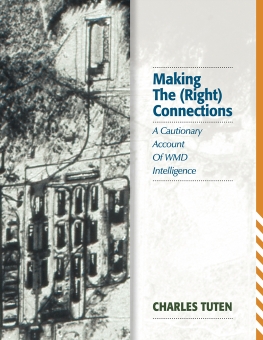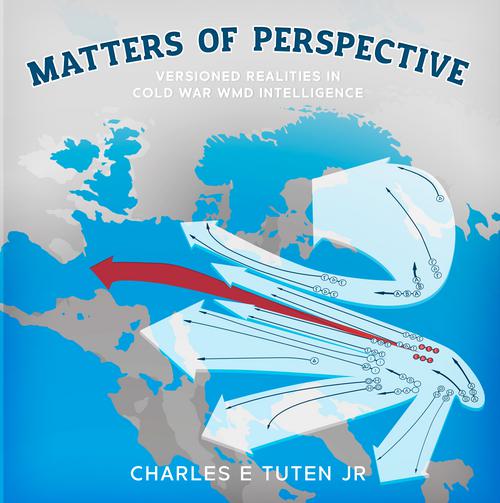Matters of Perspective:
Versioned Realities in Cold War WMD Intelligence
Book examines the Cold War history, and US intelligence appraisal, of the Soviet WMD Operation—the integrated employment of at least nuclear and chemical weapons on the battlefield—from concept late 1950s origin; intentions to provide both means to allies in the Warsaw Pact; alterations in mass destruction weapons plans during three decades; and increasing prominence of conventional weapons reliance.
Evolving Soviet operational variants during the last three decades of the Cold War for exploiting mass destruction and conventional weapons by the mobilization and deployment of Soviet and Warsaw Pact fronts are considered. Book explores both substantive and perceptual problems of three decades of intelligence assessments.
LOOK INSIDE sample book contents as well as declassified Cold War overhead imagery of Mal'ta biological weapons plant and 1959 U-2 of Engels nuclear storage—the associated airfield has been subjected to repeated Ukrainian drone attacks.
Making The (Right) Connections
Can an intelligence service find hidden weapons of mass destruction if it cannot recognize WMD in plain sight?
This hard-hitting monograph, exploiting recent declassification of Cold War materials, presents a timely case study of US intelligence performance; detailing intelligence analysis at work, illustrating realities of inquiry, the convolutions and uncertainties, the known, the missed, the forgotten. Intelligence mirage and reality are contrasted, with the intricate array of made, mishandled, and missed connections providing the unifying theme. The monograph itself constitutes an intelligence report, reassessing evidence to reach a new conclusion—one unnoticed by contemporaries, and revealed here for the first time.


